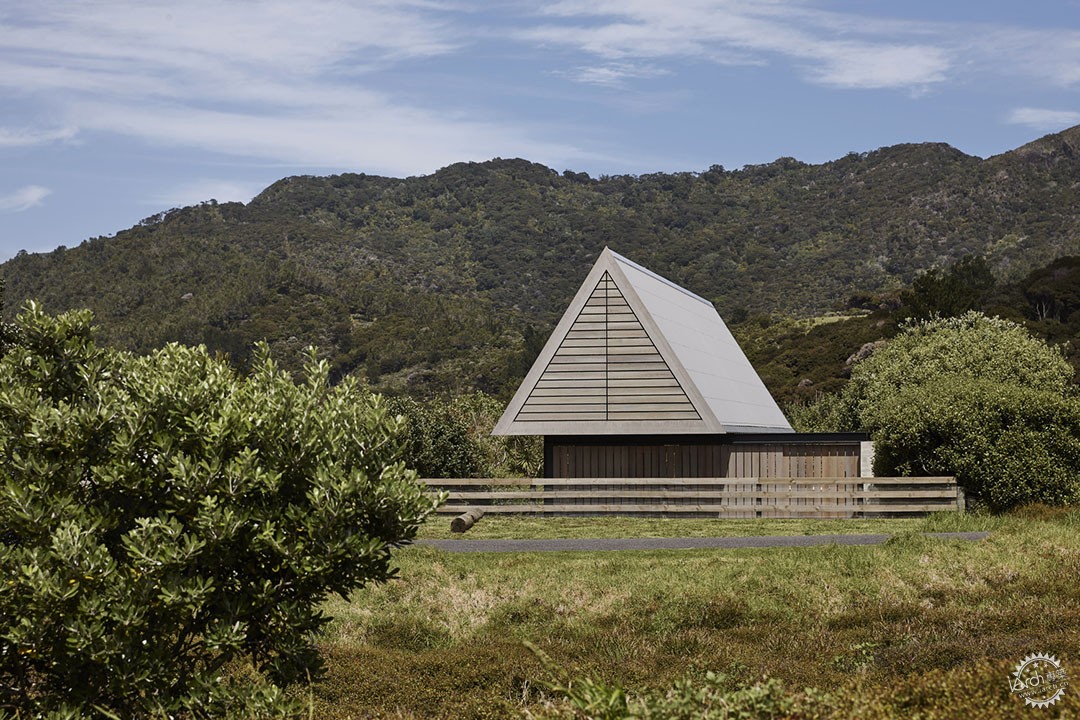
Image © Jackie Meiring
慢建筑:21世纪的意向性设计
Slow Architecture: Intentional Design for the 21st Century
由专筑网Zia,小R编译
城市与快节奏的生活方式是密不可分的,不断上涨的房租和迷你公寓是城市环境的特点,这使得人们不断追求“更大、更快、更多”的梦想。随着经济的发展和人类需求的增长,建筑以惊人的速度建立并交付使用。城市生活的风险正逐渐暴露出来,这引发了对更多行为的质疑。在这种情况下,想要回到慢生活方式之一就是回到慢建筑。
建筑的速度
在21世纪,设计和施工过程正在加速,以跟上其他领域的创新和技术。大规模生产、全球化和对增长的需求以福利、生产力和生活质量为代价。建筑业的标准化和预制化带来了更短的项目周期,但也疏离了环境。以机器为主导的过程使建筑失去了部分人性和影响。速度带来了妥协,这些妥协以我们的环境、健康和文化为代价。通过精心设计慢空间来承载各种生活方式,建筑设计可以促进人们与当下的重新联系。
Cities are inseparable from fast-paced lifestyles. Rising rents and “not-that-small” apartments characterize urban environments, perpetuating the chase for “bigger, faster, and more”. As economies develop and human needs grow, buildings are erected at alarming rates to rush toward progress. The risks of urban living are gradually being exposed, raising questions about more intentionally-driven actions. One way to return to slower lifestyles is by returning to slow architecture.
Speed in the Construction Industry
In the 21st century, design and construction processes are accelerating to keep up with innovation and technology in other domains. Mass production, globalization, and the need for growth come at the cost of well-being, productivity, and quality of life. Standardization and pre-fabrication in construction have led to shorter project timelines along with a detached understanding of the context. Machine-led processes leave buildings devoid of human character and influence. With speed comes compromise at the cost of our environment, health, and culture. By crafting spaces for slowness to host various lifestyles, architectural design can promote a reconnection to the present moment.
慢运动
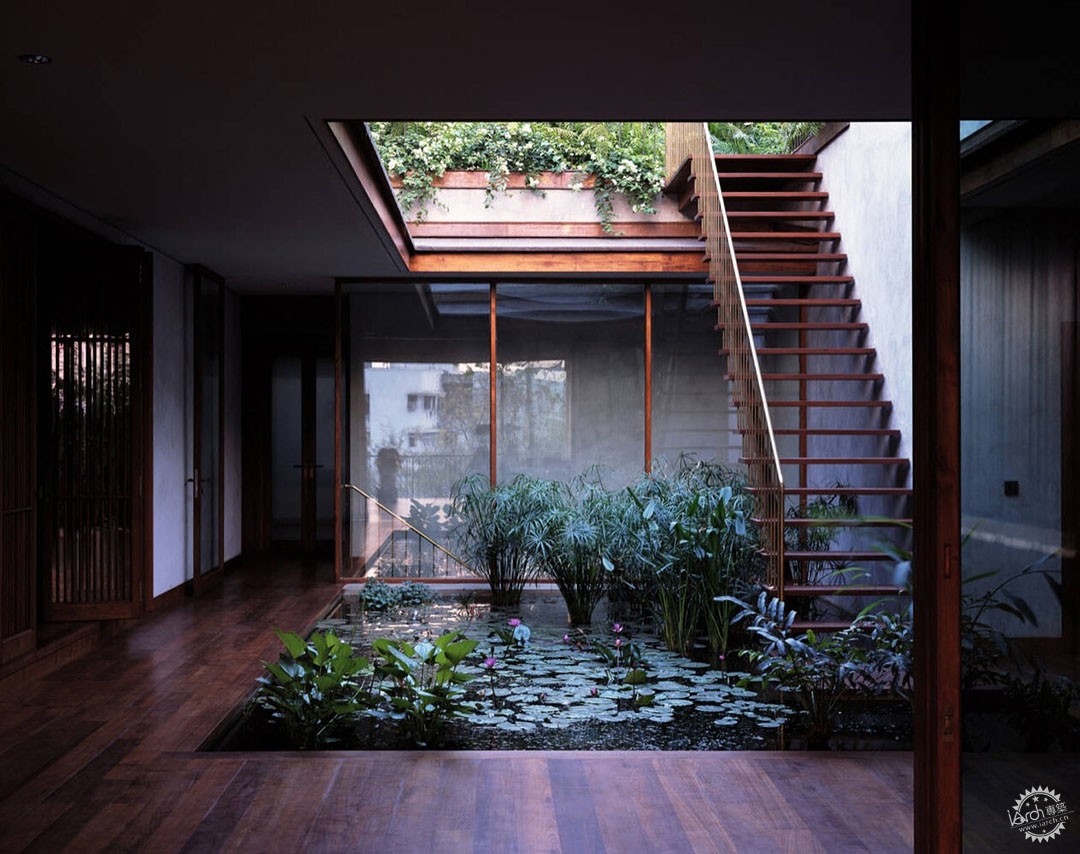
Image © Helene Binet
作为对蓬勃发展的信息时代的一种反文化,慢运动的发展源于对慢生活的需求。该运动支持深思熟虑,而不是缓慢的速度,在思考和理解的驱动下采取行动。它始于欧洲对快餐连锁店的抗议所爆发的“慢食”运动。随后,这一意识形态蔓延到文化和生活的各个方面,如教育、时尚、电影、医药、旅行、城市和建筑。
The Slow Movement
As a counter-culture to the flourishing age of information, the slow movement grew out of a need for a slower speed of life. The movement supports action done at a deliberate - not slow - pace, driven by thought and understanding. It began with the “slow food” movement that erupted from protests against fast-food chains in Europe. The ideology then spread to various aspects of culture and life such as education, fashion, cinema, medicine, travel, cities, and architecture.
慢建筑
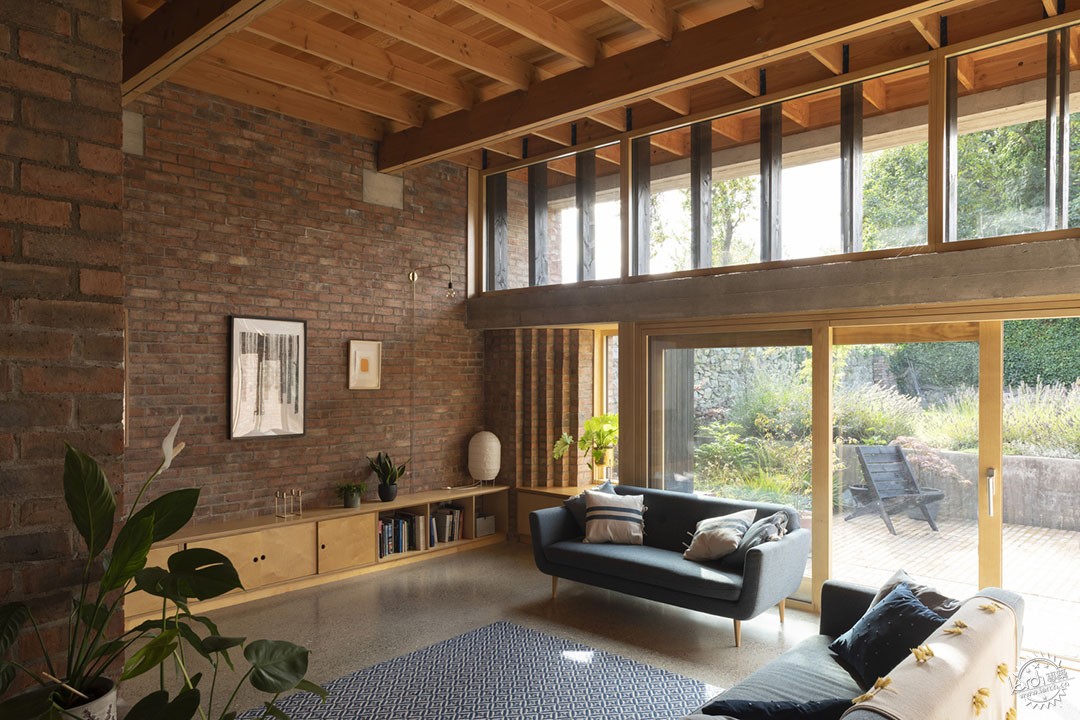
Image © Fionn McCann
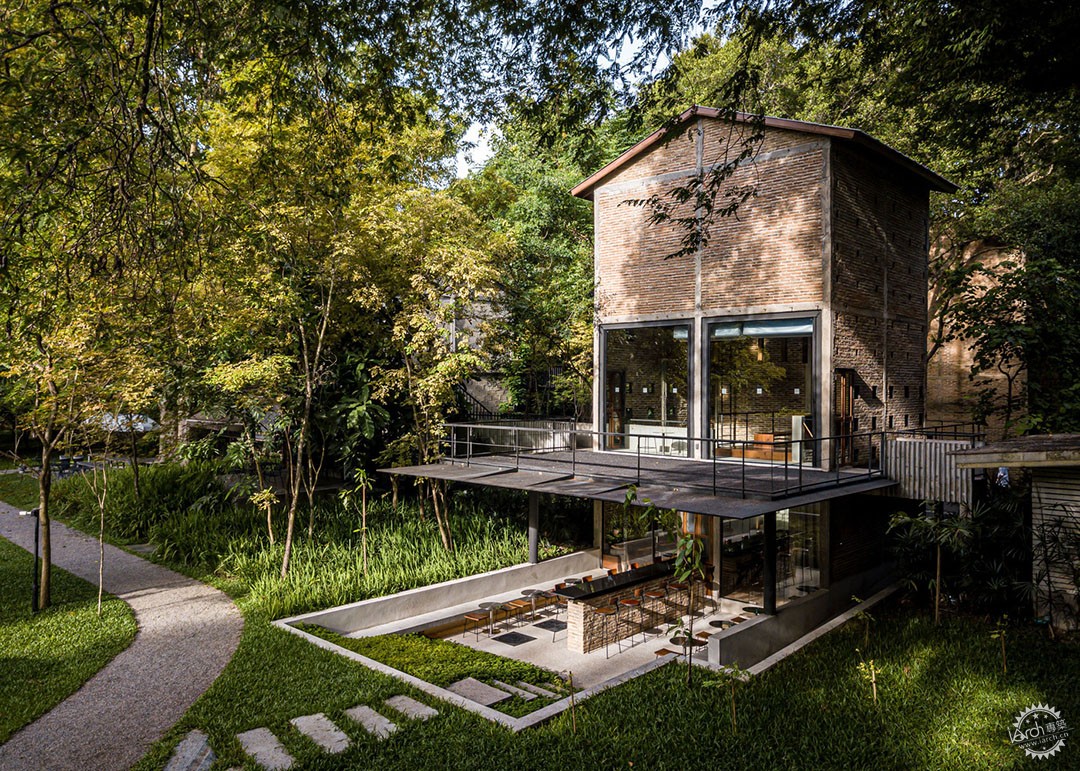
Image Courtesy of Spaceshift Studio
慢建筑可以被理解为慢生活的空间,或随着时间的推移而有意打造的空间。这种另类的做法与环境的可持续发展密切相关,鼓励用自然来建造持久的结构。设计过程中要仔细考虑客户、居住者和建筑所处的生态系统的需求。慢建筑敦促建筑师和居住者通过有机地参与建筑过程来产生深思熟虑的、负责任的和有意义的设计作品,并进行长期思考。
源于其母体运动“慢食”的理念,慢建筑鼓励使用当地的可持续材料。由与环境相关的材料和当地传统的耐用结构结合,构成与场地地形相融合的建筑,在慢建筑的过程中,场地的历史和当地社区的文化在促成地域感方面起着关键作用。
实践慢设计
慢研究实验室的Carolyn F. Strauss和设计促进者Alastair Fuad-Luke提出了慢设计的六个原则,以激励设计师更有意地对待他们的工作。这些原则是在设计中考虑社会、文化和环境可持续性的战略需求的回应,其中包括:表达、扩展、反思、参与和发展。
Slow Architecture
Slow architecture can be understood as spaces that promote slow living, or spaces that are crafted intentionally with time. The alternative practice is closely linked with environmental sustainability and encourages building with nature for lasting structures. The design process takes careful consideration of the needs of the client, the occupants, and the ecosystem the building sits in. Slow architecture urges the architect and its occupants to think long-term by engaging in the construction process organically to produce thoughtful, responsible, and meaningful designs.
Stemming from the philosophy of its parent movement “slow food”, slow architecture celebrates the use of local and sustainably used ingredients. Durable structures made of contextually relevant materials and local traditions are designed to blend and age with the topography of the site. The history of the site and the culture of its local community play a crucial role in promoting a sense of authentic regionality in the process of slow architecture.
Practicing Slow Design
Carolyn F. Strauss of Slow Research Lab along with design facilitator Alastair Fuad-Luke postulated six principles of slow design to inspire designers to approach their work more intentionally. The principles were a response to the duo's identified need for strategies that account for social, cultural, and environmental sustainability in design. They include: reveal, expand, reflect, engage, participate, and evolve.
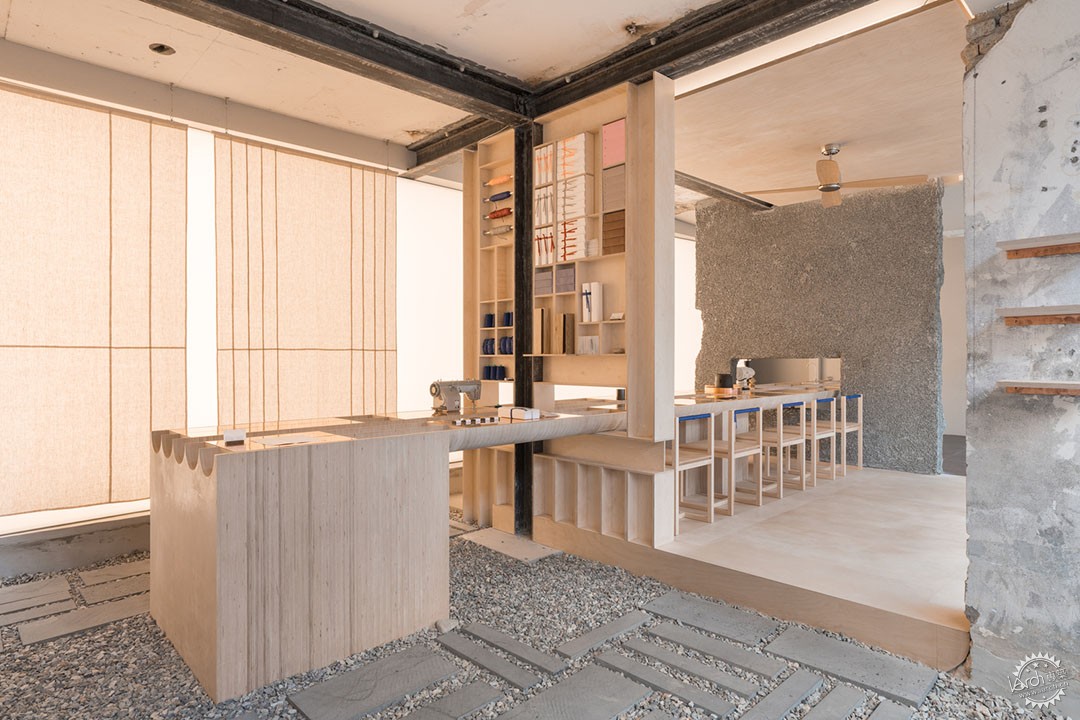
Image © Yousub Song
位于捷克共和国的建筑工作室Kogaa将慢建筑和可持续性紧密结合起来进行实践。通过重复使用材料和整个建筑结构,该工作室参与了围绕慢设计、老化建筑和拆除的工作。在他们的项目中,特别是适应性再利用计划——“慢发展”,与社区相结合,该项目源于需求并逐步迭代。与常规的开发过程相比,Kogaa的慢实践考虑到了居住者和社区对项目不断变化的理解,在这里,设计意图是一个不断发展的过程。
Czech Republic-based architecture studio Kogaa practices slow architecture and sustainability in close conjunction. By reusing materials and entire building structures, the studio engages in dialogue surrounding slow design, aging buildings, and demolitions. In their projects - especially adaptive reuse initiatives - “slow development” is carried out with the community, designing for and gradually iterating on their demands. Compared to regular development processes, Kogaa’s slow practice accounts for changing understandings of the project by the occupants and the neighborhood, where the design intent is allowed to evolve.
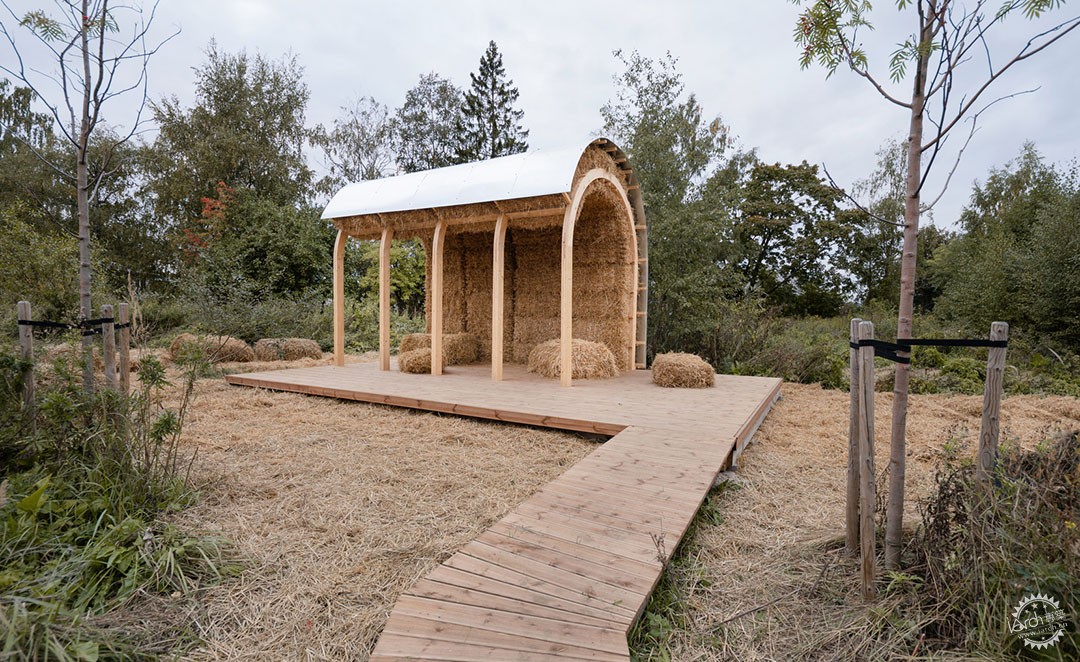
Image © Laura Rohtlaan
当地的工艺方法和材料构成了Manea Kella的建筑师们对慢建筑的设计概念。这个英国工作室通过采用当地的建筑技术,并结合建筑所在地的环境,在他们的设计中找到了简单性和可持续性。对历史和乡土先例的调研为Manea Kella的设计提供了依据,从而创造出与文化相关的可持续建筑。
印度建筑师Anupama Kundoo参与了当地劳动力的学习和实验,以了解当地的地理和文化背景。通过与当地的工匠和瓦匠的合作,其设计被当地的材料和技术所引导。手工制作的作品使设计和施工过程有更密切的联系。这种方法可以创造出永恒的、与环境相呼应的手工建筑。
Local craft methodologies and materials comprise the architects at Manea Kella’s take on slow architecture. The British studio finds simplicity and sustainability in their designs by employing native architectural techniques and incorporating aspects of the buildings’ locational context. A careful investigation of historical and vernacular precedents informs Manea Kella’s design outcome to create culturally relevant and long-lasting architecture.
Indian architect Anupama Kundoo engages in learning and experimentation with local labor to understand the geographical and cultural context of a site. Through conscientious collaboration with the region’s artisans and masons, her designs are guided by their intuitive intelligence of material and technique. Handcrafted work allows for a closer relationship with the design and construction process. This approach allows for the creation of timeless and crafted architecture that echoes its environment.
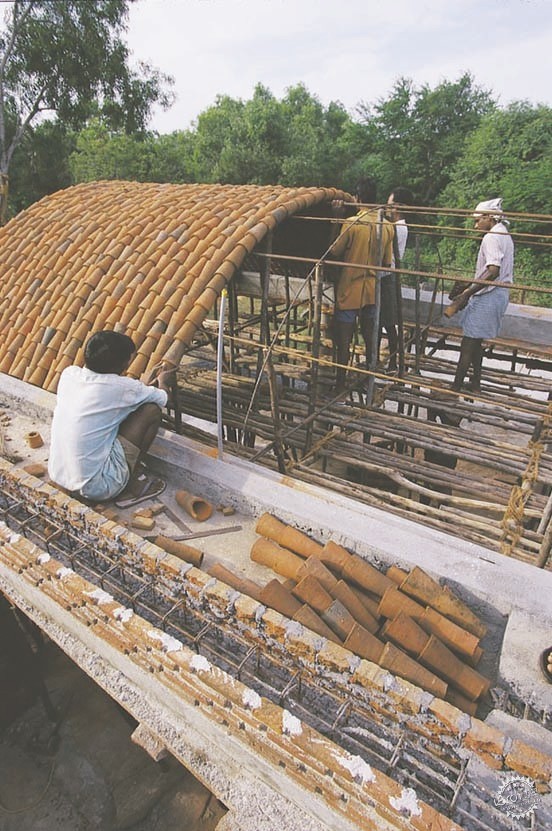
Image © Andreas Deffner
慢建筑师
慢建筑要求对建筑实践进行重新评估,如何有条不紊地满足快速增长的需要?物理空间如何通过其创造反映出慢生活的品质?这种意识形态将支持关于新的价值、品质和设计实践的不断发展,将为一个可持续的慢未来探索出路。
Slow Architects
Slow architecture calls for a re-evaluation of architectural practices. How can the need for rapid growth be met in a methodical and intentional way? How can physical space reflect qualities of slow living through its creation? The ideology supports an evolving dialogue on new values, qualities, and practices of design. The approach will pave way for a sustainable and slow future.
|
|
